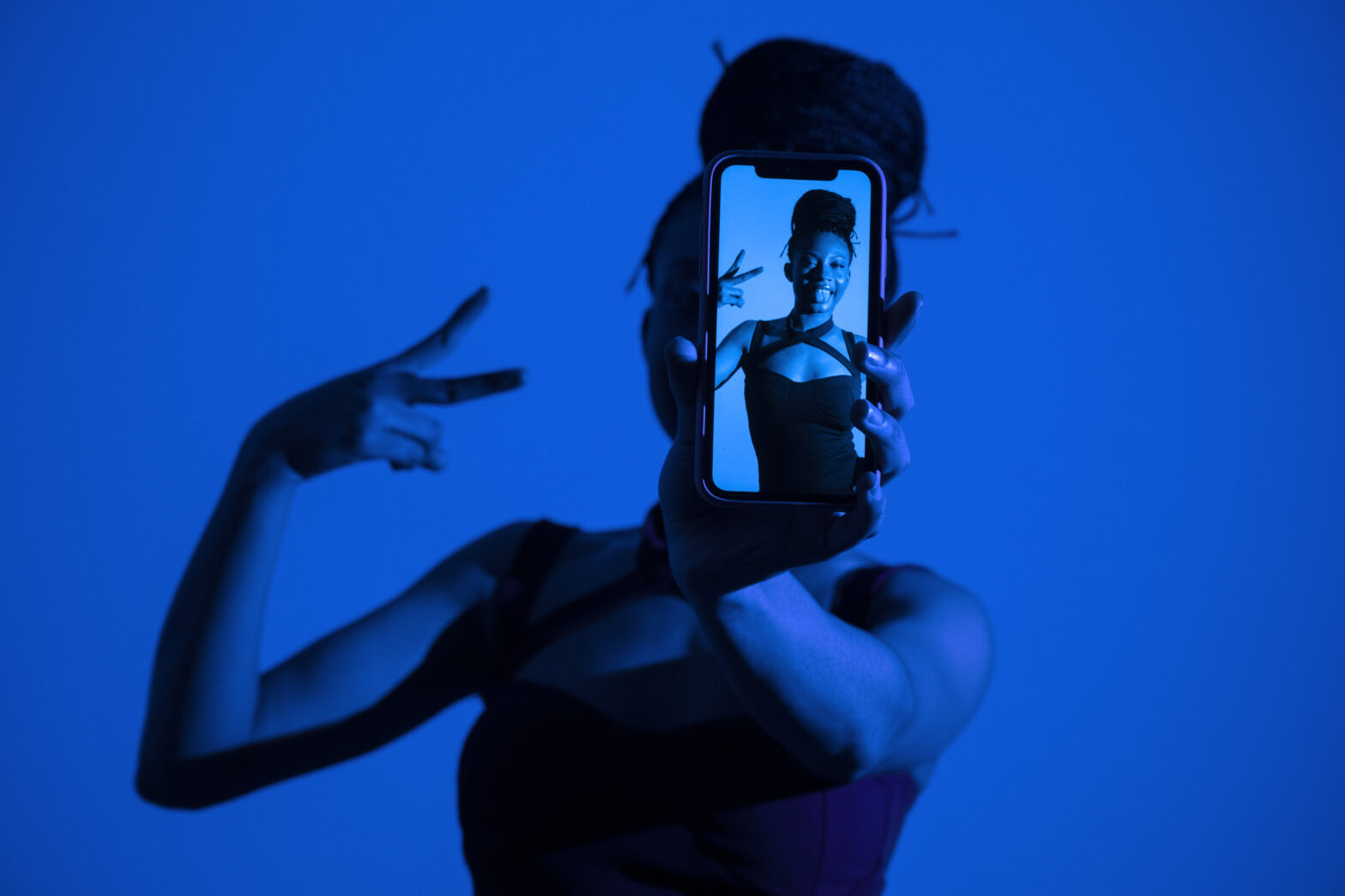What started as an app for teens and young adults became more mainstream among older adults, especially during the pandemic. The company is also attracting a broader following by inking deals with TV manufacturers – including Vizio, Samsung and LG – and streaming services Android TV and Amazon’s Fire TV.
Relatively quickly, TikTok has changed not only the way we spend our free time but also how our brain processes information. This shift has impacted the way consumers watch and react to advertising content.
TikTok shapes consumer behavior
The speed of TikTok’s feed has improved viewers’ ability to grasp concepts faster, which allows marketers to find more success with shorter creative formats.
Five years ago, selling a product or service in less than 30 seconds or even one minute would have been challenging. Now it is mandatory. A well-crafted 15-second-or-less commercial can tell a potential consumer what your product or service is, why they need it and where to get it. TikTok has also trained people to react. Do you like the video? Do you want to read the comments and/or add a comment? This has made viewers more likely to engage with brands.
Brands are also finding the platform to be a quick and efficient focus group to serve as a testing ground for new concepts, messaging, offers and products/services. The instant feedback the app provides enables them to better understand what’s resonating with consumers in real time. The ability to gather this knowledge quickly and inexpensively is extremely valuable, because consumer tastes and habits are always changing.
TikTok meets TV
A big-budget, high-end TV commercial is always nice to see, but, in many cases, with some minor tweaking, a successful TikTok ad can become a profitable TV/CTV media campaign.
Here’s how brands should be thinking about using a strong TikTok campaign to drive TV success:
- Try different networks: The fast-paced videos on TikTok have had a positive effect on direct response advertising. In the past, DTC marketers often ran longer-format ads, potentially on smaller stations and less-viewed dayparts to cut costs. The popularity of TikTok has translated to marketers finding success with shorter format spots, making it more affordable for brands to run ads on bigger networks and stronger dayparts.
- Find your TikTok voice: Listen to users and remember that TikTok demands you communicate authentically with your fans. Then use this knowledge to inform your TV’s creative and media strategy.
- Repurpose TikTok ads:Make sure to employ a traditional structure to any TV ads, with a strong offer and prominent URL placement. But there is no need to reinvent the creative aspects of the social campaign. If it works on TikTok, it will probably work everywhere.
- Be nimble and move quickly:When a TikTok campaign is working, don’t waste time getting the creative on TV. The combined power of TikTok and traditional TV is an amazing one-two punch that heretofore has eluded brands, particularly in the DTC category.
Because video content is the key to TikTok’s success, the lessons from it can greatly improve the chance of success on television. For brands to find more customers and drive sales growth, they need to move beyond a digital/social-only plan and add TV to their marketing strategy.
In our fragmented streaming video world, you need to be in front of consumers wherever they are. Right now, they are everywhere.
Source: adexchanger.com

